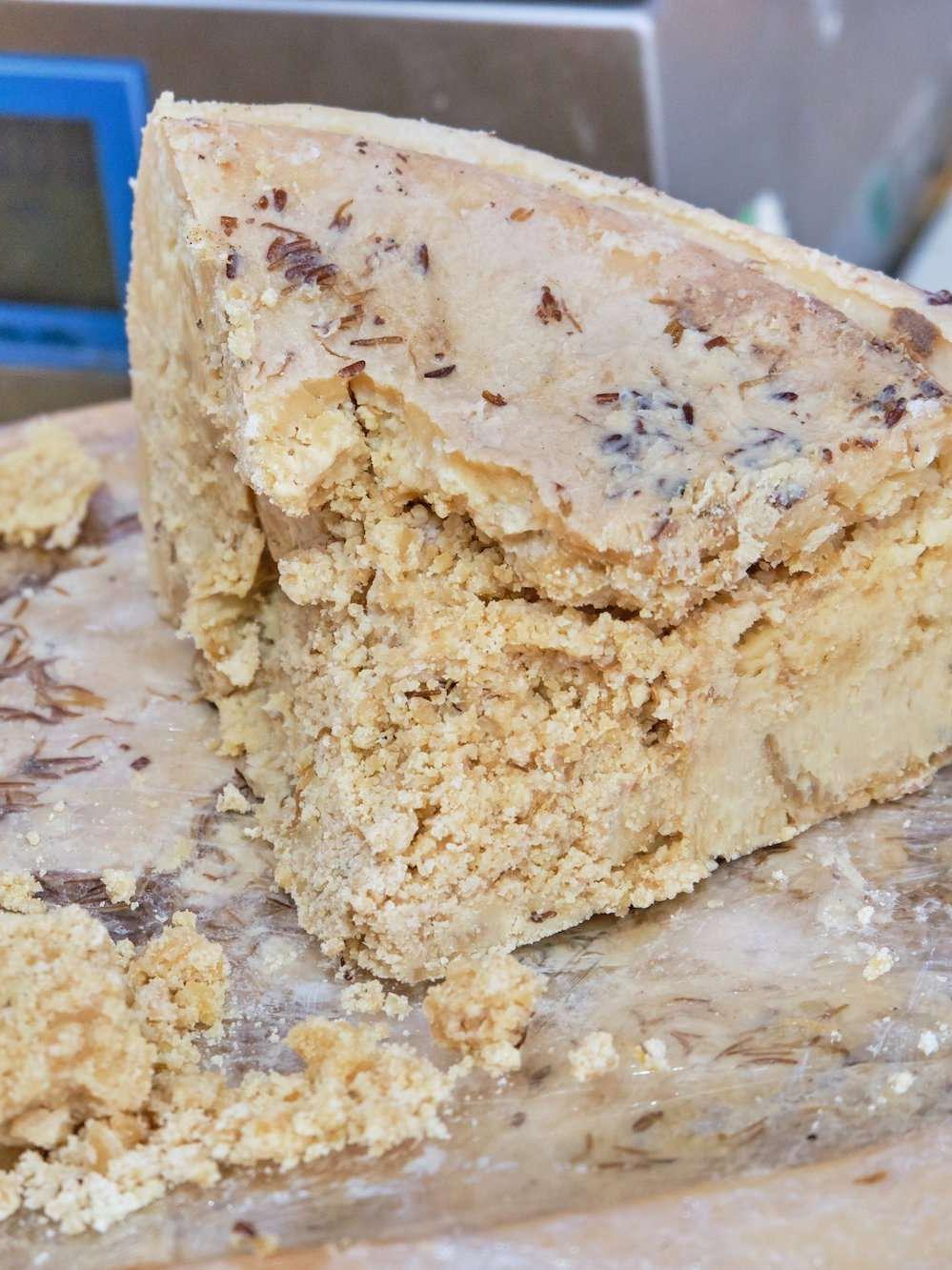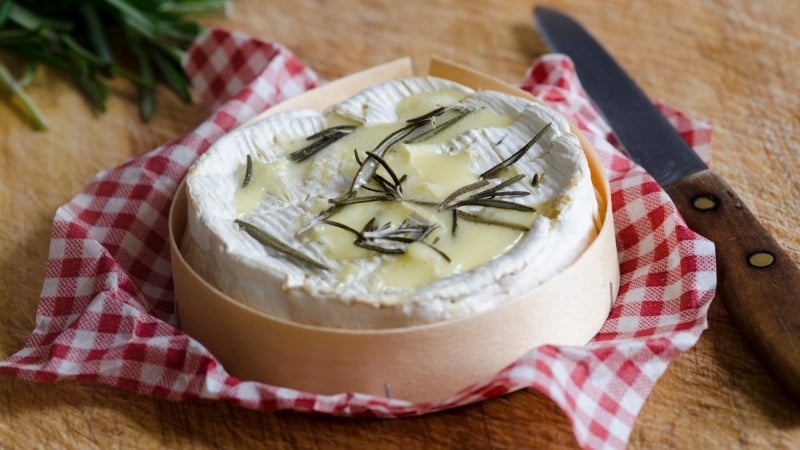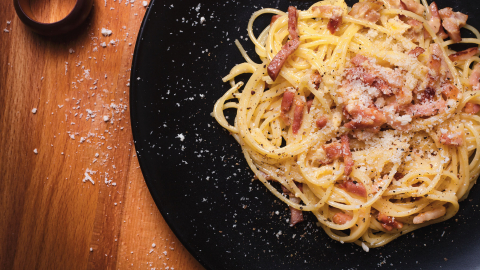Traditional gruesome Italian dishes
Casu marzu is a cheese unlike any other, created by deliberately introducing live maggots into sheep’s milk cheese. When consumed, these tiny larvae add a layer of flavor reminiscent of over-ripened blue cheese – a flavor that is unpleasant to the uninitiated but a delicacy for the locals.
No one knows exactly when Casu marzu was invented, but it is believed that it originated from poverty, when poor people in the past were forced to eat anything to survive, including spoiled cheese. But somehow, this cheese became a delicacy many years later, causing passionate cheese enthusiasts to try all means to taste this “wrong” taste.
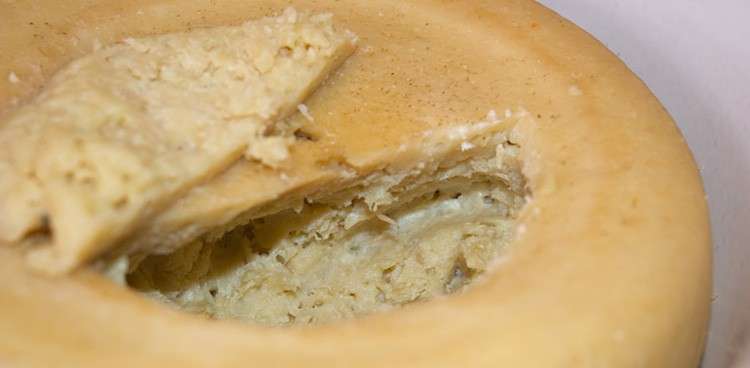
Despite its unappealing appearance and unusual ingredients, Casu marzu has a complex flavor that is both rich and spicy.
The traditional method of making Casu marzu begins with a block of Pecorino cheese placed outside. Once larvae enter the cheese – specifically, maggots from the cheese fly Piophila casei – they begin to digest the fat inside. As the maggots consume the cheese, they create small chambers, which promote fermentation, creating a soft, creamy texture with a “pungent” aroma. The process is not just a culinary technique, but also a cultural tradition that connects Sardinians to their roots.
The flavor that divided the culinary world
While the thought of eating a piece of cheese filled with wriggling maggots may seem creepy to some, Casu marzu aficionados appreciate the complex flavor and consider it a true delicacy. When you bring it up to your nose, the first thing you notice is the sharp sour taste of fermentation, a very pungent and strong smell. The ammonia-like smell comes from the maggots’ digestive enzymes breaking down the proteins and fats, creating a unique olfactory experience.
Taking a bite of Casu marzu is an instant taste explosion. The initial creaminess of the cheese is quickly replaced by a sour, sharp, pungent and bitter taste. Some describe the taste as earthy and nutty, with a hint of sweetness balanced by a richness. Casu marzu demands concentration, challenges the palate, and is often enjoyed spread on bread or paired with red wine. The aroma of Casu marzu, while controversial, is key to its distinction and value, a testament to the uniqueness of Sardinian culinary art.
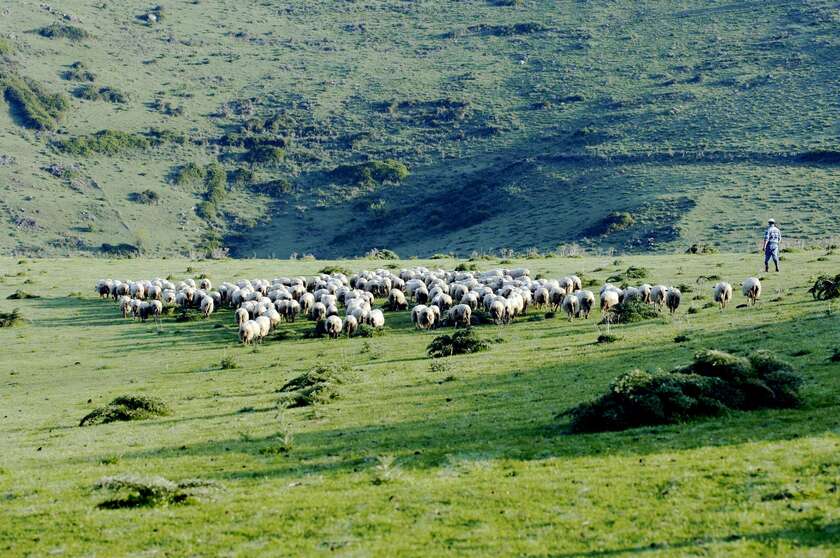
Specialty cheese originating from Sardinia sheep's milk
The profound cultural values of the island of Sardinia
Casu marzu is traditionally eaten with the maggots still alive, a haunting yet deeply meaningful custom in Sardinia. For the people here, it is a link to their ancestral traditions, a testament to their resourcefulness and flexibility. Moreover, the unique taste of this cheese also attracts those looking for a different culinary experience, making it one of the most unique and challenging cheeses in the world.
Despite its cultural significance, Casu marzu poses a health risk to consumers. Larvae living in the cheese can carry bacteria that can cause food poisoning. For this reason, many countries, including Italy, have banned the sale and distribution of this cheese.
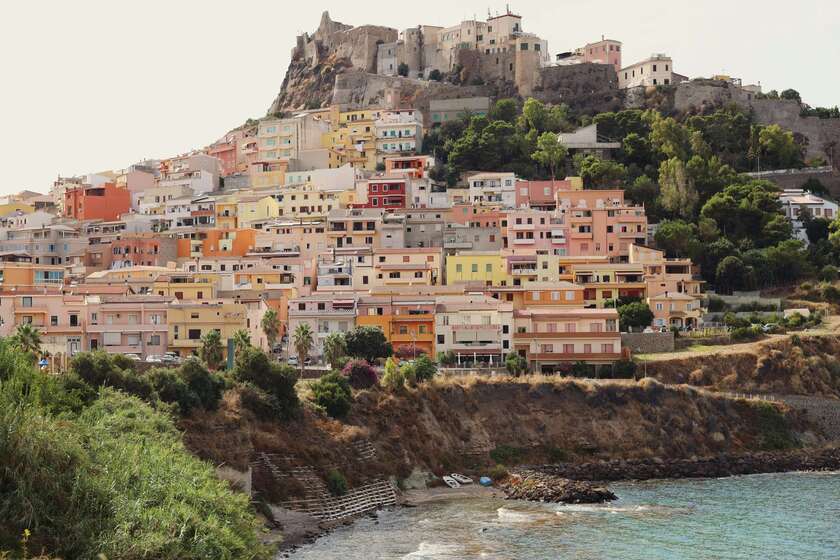
Casu marzu connects Sardinians to their past
With its distinctive flavor, unique taste, and the presence of maggots, Casu marzu has become one of the most curious and controversial dishes in the culinary world. It represents a bold and innovative take on the long-standing Italian cuisine, while also questioning the line between tradition and safety.





